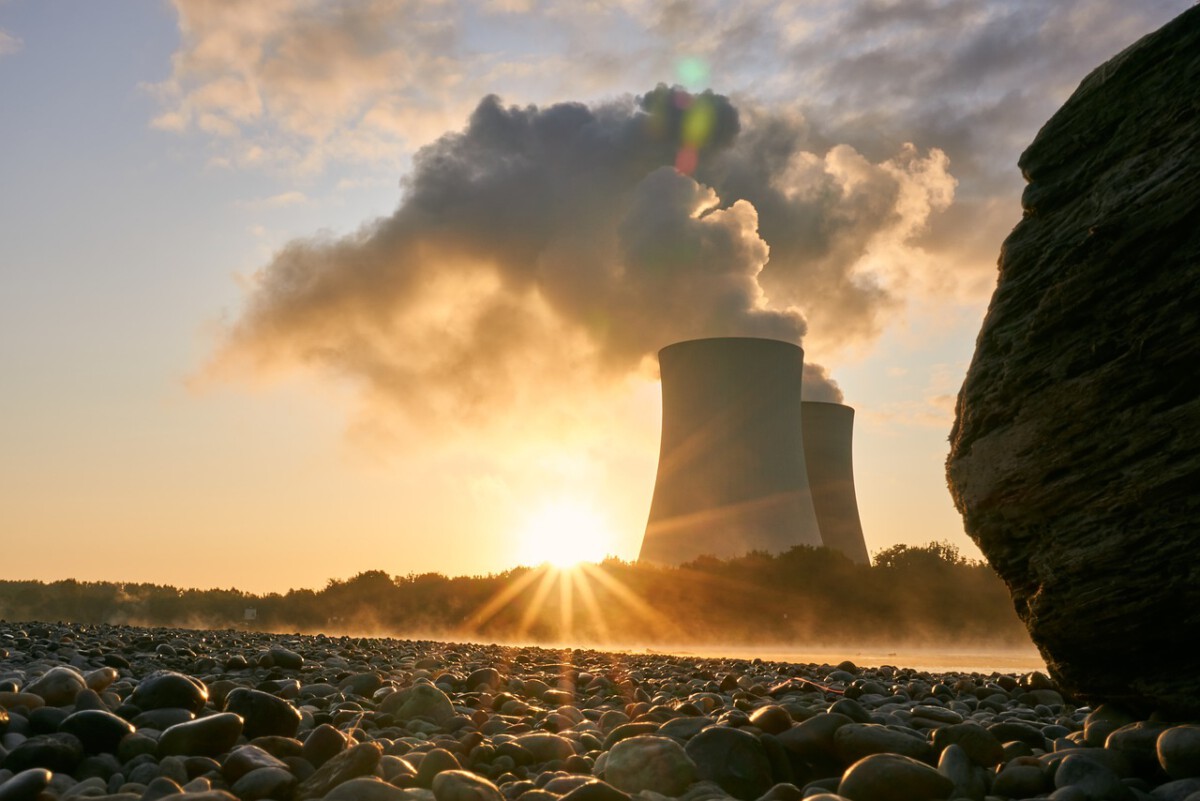Origins of the Manhattan Project

In the late 1930s, the scientific community was abuzz with the potential of nuclear fission. The discovery made by German physicists Otto Hahn and Fritz Strassmann in 1938 revealed that splitting uranium atoms could unleash an enormous amount of energy. This groundbreaking revelation spurred a mix of excitement and fear among scientists worldwide. Notably, Albert Einstein and Leo Szilard were deeply concerned about the implications of this discovery. They were particularly worried about the prospect of Nazi Germany harnessing this power for destructive means. In response, they penned a letter to President Franklin D. Roosevelt in 1939, urging the U.S. government to embark on its own atomic research. This letter played a pivotal role in laying the groundwork for what would become the Manhattan Project. By 1941, the U.S. had established the National Defense Research Committee, marking the formal start of its efforts to explore nuclear technology.
Key Figures in the Manhattan Project

The Manhattan Project brought together a constellation of brilliant minds, each contributing uniquely to its success. J. Robert Oppenheimer, often dubbed the “father of the atomic bomb,” served as the scientific director at the Los Alamos Laboratory in New Mexico. His leadership and vision were instrumental in steering the project’s scientific endeavors. Meanwhile, Enrico Fermi, an Italian physicist, played a crucial role in demonstrating the feasibility of a nuclear chain reaction. His creation of the first nuclear reactor was a monumental step forward. Overseeing the project’s logistics and security was Leslie Groves, a U.S. Army Corps of Engineers officer. Groves ensured that the sprawling, multifaceted project stayed on course. Together, these figures, along with thousands of other scientists, engineers, and laborers, worked tirelessly, driven by a mix of urgency and innovation.
Scientific Breakthroughs

The Manhattan Project was a crucible of scientific innovation, yielding several groundbreaking achievements. One of the most significant milestones was the development of the first nuclear reactors. This was exemplified by the Chicago Pile-1, the first controlled nuclear chain reaction, successfully achieved on December 2, 1942, under Fermi’s leadership. This experiment demonstrated the potential of harnessing nuclear energy in a controlled manner. Additionally, the project saw the development of techniques for uranium enrichment, such as gas diffusion and electromagnetic separation. These methods were crucial in producing the fissile material needed for atomic bombs. Each of these advancements represented a leap forward in nuclear science, setting the stage for the creation of the atomic bomb.
The Construction of Atomic Bombs

The culmination of the Manhattan Project was the development of two distinct types of atomic bombs: “Little Boy” and “Fat Man.” “Little Boy,” a uranium-based bomb, was dropped on Hiroshima, Japan, on August 6, 1945. The immediate devastation was catastrophic, with approximately 70,000 people killed instantly, and many more succumbing to radiation exposure in the aftermath. Just three days later, “Fat Man,” which utilized plutonium-239, was dropped on Nagasaki. This bombing resulted in the instant deaths of around 40,000 individuals. The sheer destructive power of these bombs was unprecedented and played a crucial role in hastening Japan’s surrender, effectively bringing World War II to a close. The use of atomic bombs marked a new era in warfare, one that would forever change global military strategies.
Ethical Considerations and Controversies

The deployment of atomic bombs during World War II sparked intense ethical debates, many of which continue to resonate today. Scientists involved in the Manhattan Project were confronted with the moral implications of their work. Questions arose about the necessity of using such devastating weapons to end the war. Some argued that other strategies, such as a demonstration of the bomb’s power or continued conventional warfare, might have sufficed. The long-term consequences of nuclear warfare also weighed heavily on the minds of those involved. These ethical dilemmas have persisted over the decades, prompting discussions about the responsibilities of scientists and the morality of wielding such destructive power.
The Cold War and Nuclear Proliferation

The success of the Manhattan Project ushered in a new era known as the Cold War, characterized by an intense arms race between the United States and the Soviet Union. In 1949, the Soviet Union successfully tested its first atomic bomb, escalating tensions and sparking a race for nuclear supremacy. The development of even more powerful hydrogen bombs further intensified this competition. As a result, nuclear proliferation became a global concern, with nations striving to develop or acquire nuclear capabilities. This proliferation prompted international efforts to control the spread of nuclear weapons, leading to treaties and agreements aimed at preventing a nuclear catastrophe.
Lasting Impact on Society

The Manhattan Project left an indelible mark on society, influencing fields far beyond military strategy. Scientific advancements made during the project spurred further research in nuclear physics and engineering. These developments laid the foundation for the peaceful use of nuclear energy as a power source, offering a new avenue for electricity generation. Culturally, the atomic bomb became a symbol of both scientific achievement and existential threat. It has permeated literature, film, and public discourse, reflecting the dual nature of nuclear technology as both a boon and a potential bane to humanity. The project also shaped international relations, ushering in an era of nuclear diplomacy and strategic deterrence.
Conclusion

The Manhattan Project was a monumental undertaking that forever changed the world. It marked the beginning of the atomic age, with profound implications for warfare, international relations, and ethical considerations in science. As we reflect on this pivotal moment in history, it is essential to recognize both the achievements and the challenges that arose from the development of nuclear weapons. The legacy of the Manhattan Project continues to shape our world today, reminding us of the delicate balance between scientific progress and moral responsibility.



